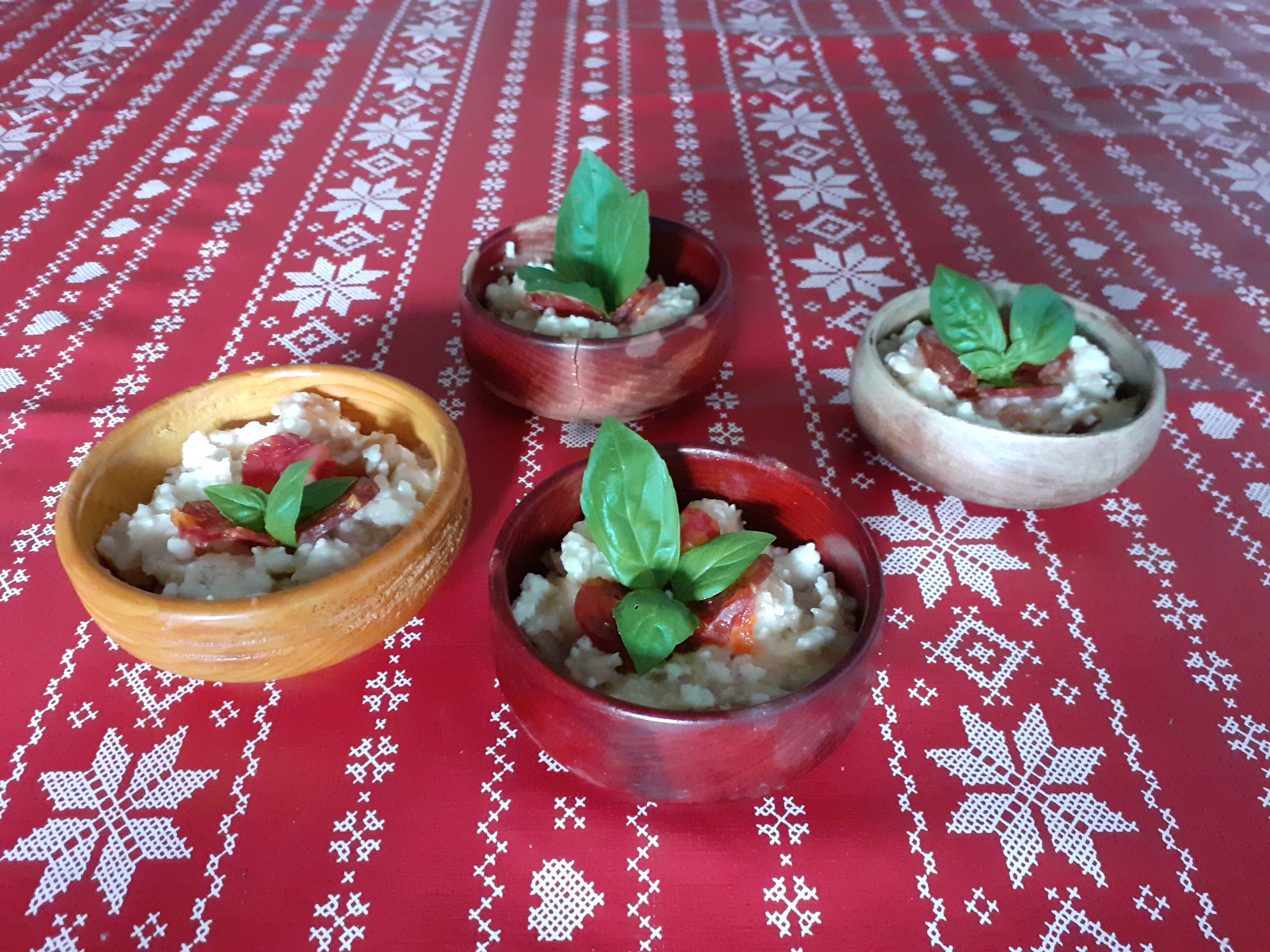Description
My kids are the fourth generation that eats popara and the second generation that likes to eat popara. Popara hasn’t changed a bit. A cheap meal that is made using bread and water. My parents and their parents used to call this – “beggars meal”. They would eat popara during the rough days of war in the past, when the food was scarce, and there was literally nothing else to eat for days. As much as my parents disliked popara because it reminded them of their distressful childhood, I remember we would make this meal on Sundays for breakfast, sometimes adding crisply fried bacon, and sometimes just sugar… All the memories of the smell of the meals eaten with your family, together and full of love – are colored with happiness in your mind. That’s why the recipe for popara could easily start with subtitle: Recipe for a happy family.
Intention
In Serbia, they say that popara is a dish whose recipe is as old as bread and water. Depending on whether the popara is eaten because there is nothing else or because this dish is loved – that is how it is prepared. The basic recipe that justifies the nickname of popara “poor man’s’ wound” means that pieces of broken dry, old bread are inserted into a liter pot. To a certain amount (grams) of bread, add double the amount of water (in milliliters) and be sure to a tablespoon of fat (today sunflower or olive oil), and then the sherpa goes on the stove turned on at medium temperature. When the bread partially absorbs water and when it softens, and after lightly mixing with a wooden spoon, add a little salt and cheese or, if you are lucky, cream and crispy bacon.
Opis
Moja su deca četvrta generacija koja jede poparu i druga generacija koja voli da jede poparu. Popara se nije menjala. Jeftin obrok koji se brzo priprema od hleba i vode. Ovo jelo su moji roditelji i preci zvali „sirotinjska ‘rana“. Popara se jela tokom teških ratnih perioda u prošlosti. Jedino što se moglo spremiti bio je stari hleb razmekšan sa vodom. Koliko god da moji roditelji nisu voleli poparu jer ih je podsećala na teško detinjstvo, sećam se zajedničkih nedeljnih doručaka, kada bi pripremali ovo jelo dodavajući ponekad hrskavo propržene seckane slanine, a drugi put šećer. Uživali smo u tim obrocima. Sećanja koja mirišu na obroke pojedene u krugu porodice, u ljubavi – obojena su radošću. Zato bi recept za poparu mogao da počne: Recept za sreću porodice.
Namera
U Srbiji kažu da je popara jelo čiji je recept star koliko i hleb i voda. U zavisnosti od toga da li se popara jede jer ničeg drugog nema ili zato što se ovo jelo voli – tako se i priprema. Osnovni recept koji opravdava nadimak popare “sirotinjska ‘rana” podrazumeva da se u šerpicu od litre ubace komadići izlomljenog suvog, starog hleba. Na određenu količinu (grama) hleba, dodaje se dupla količina vode (u mililitrama) i obavezno kašika masti (danas suncokretovo ili maslinovo ulje), a potom šerpa ide na šporet uključen na temperaturu srednje jačine. Kada hleb delimično upije vodu i kada omekša, a nakon laganog mešanja drvenom varjačom, dodaje se malo soli i sira ili, ako ima sreće, kajmaka i hrskavo isprežene slanine.


